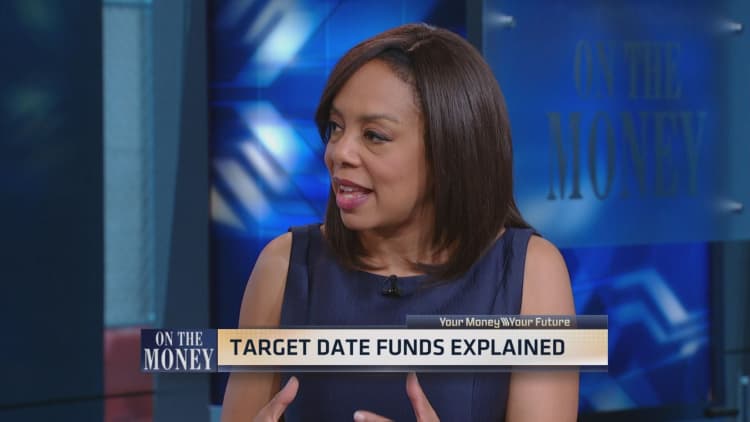
Retirement can conjure up a lot of worrisome prospects, from physical decline to diminished social contact — and then there's the money.
Almost half of Americans in a recent survey said they were "very concerned" or "terrified" about the impact of increases in their cost of living during retirement.
How worried do they really need to be?
Recent studies indicate that while spending patterns shift in retirement, the overall trend in real dollars is down, and for the majority of retirees in the middle and upper income quintiles, they may find themselves with income that exceeds their spending.
"Your spending declines faster than inflation erodes your savings," said David Blanchett, head of retirement research at Morningstar. He said he dislikes using anecdotal evidence, but he has been talking and writing about this for some time, and he said he believes the vast majority of financial advisors with long-term clients have seen a similar pattern.
Certainly, plenty of people start retirement with a bang, taking a long-deferred trip or other splurge. That can push spending above preretirement levels in the first years of retirement.
However, spending tends to decline pretty quickly after that, the recent studies found. Households that spend $50,000 at age 65 tend to see a decline by about 15 percent over the next 15 years and 20 percent by age 85, according to Jonathan Guyton, a certified financial planner and principal at Cornerstone Wealth Advisors, in an article in the Journal of Financial Planning. Higher spending households, with $100,000 in consumption, see spending drop 20 percent by age 80 and almost 30 percent by age 85, he said.
The good news on spending extends across most income groups. Most households with total average retirement income of as little as $32,610 generally had more coming in than they were spending, according to a recent study by Chris Browning of the department of financial planning at Texas Tech University and several colleagues.
Certainly, retirees change their spending as they age. Blanchett calculated that median spending on health care rose from 5 percent of total spending at age 60 to 15 percent at age 80, even as most other categories declined.
Health costs have been rising faster than some other nondiscretionary items, like food. Even so, Blanchett said, spending on other things drops more than enough to offset the shift.
"The most common assumption in retirement is that if I retire today and spend $100,000, the assumption is that 20 years from now I am going to spend $100,000 in today's dollars," he said. "But the reality is, in 20 years, your spending will be more like $80,000 in today's dollars."
That's not to say that all retirees are alike. JPMorgan has identified several distinct spending personas who will need to replace different amounts of income in retirement: foodies, globe trotters, homebodies and snowflakes.
Foodies, for example, spend a disproportionate amount of their money on food, beverages and goods at big-box stores, possibly because they live in larger households with adult chlldren or other family members. Globe trotters spend heavily on travel and probably less on their primary residence.
These groups will face different inflation challenges, and their spending may vary as well. For example, homebodies, the big spenders on one or more residences, may find that home maintenance costs increase simply because their homes are aging.
So how does one plan for all this variation in consumption?
One way to start is by thinking carefully about your core needs in retirement, Guyton said. He suggested keeping in mind that a lot of expenses will likely decline, such as payroll taxes and commuting costs. Then, figure out how much of your spending will be covered by guaranteed income from Social Security, pensions or annuities.
The remainder is what your savings will have to cover. And if you divide that figure by 5 percent, the rule of thumb Guyton believes is appropriate, that will give you the core savings you need to have.
If you have more money set aside than that amount, Guyton suggests creating a sort of discretionary "bucket" that you can use for things like travel. You may not spend equal amounts from the bucket every year, but as long as you don't spend more than is in the bucket, your basic needs should be covered.
Another approach is to break your spending into buckets and estimate inflation for each one, said Katherine Roy, chief retirement strategist for JPMorgan Asset Management. Morgan expects health costs to increase roughly 7 percent a year in retirement, partly from inflation and partly from increased usage, and suggests planning for health-care spending as a separate item. Other costs, like food, could increase much more slowly.
"It's complicated for the average person," she said.
"If you take what you are spending at retirement and grow it at statistical inflation, you are going to be drastically overestimating spending in retirement," Roy said.









